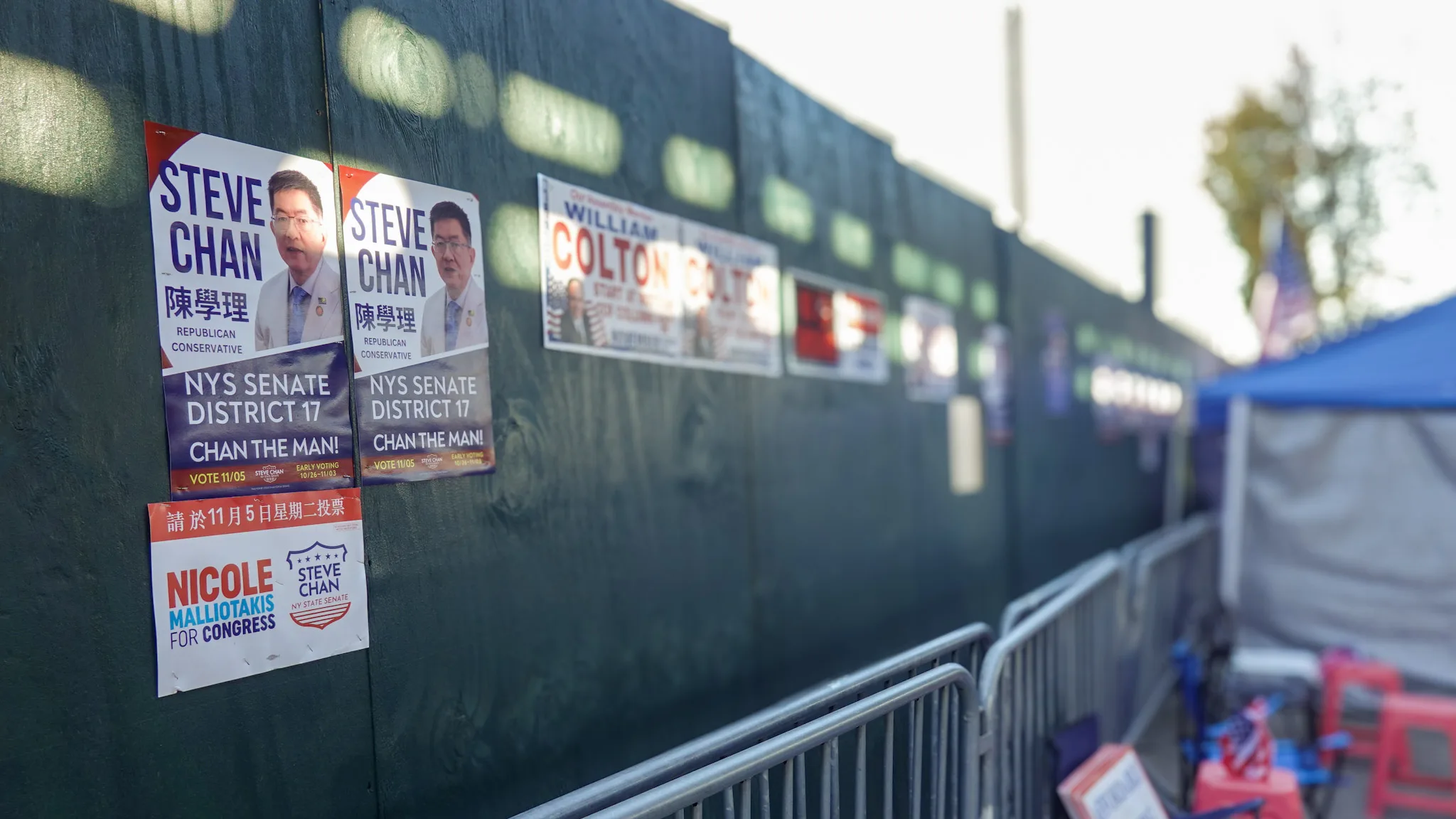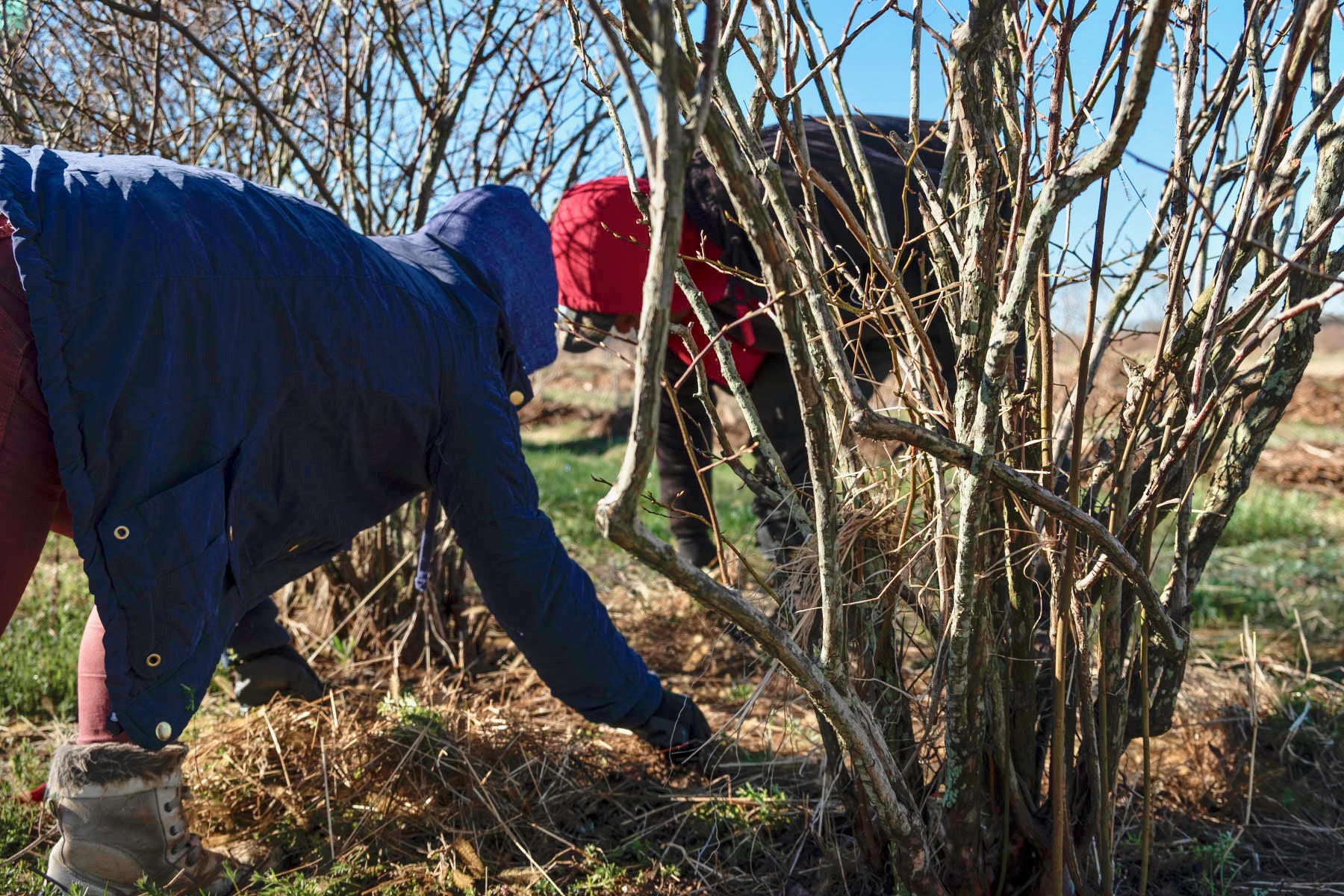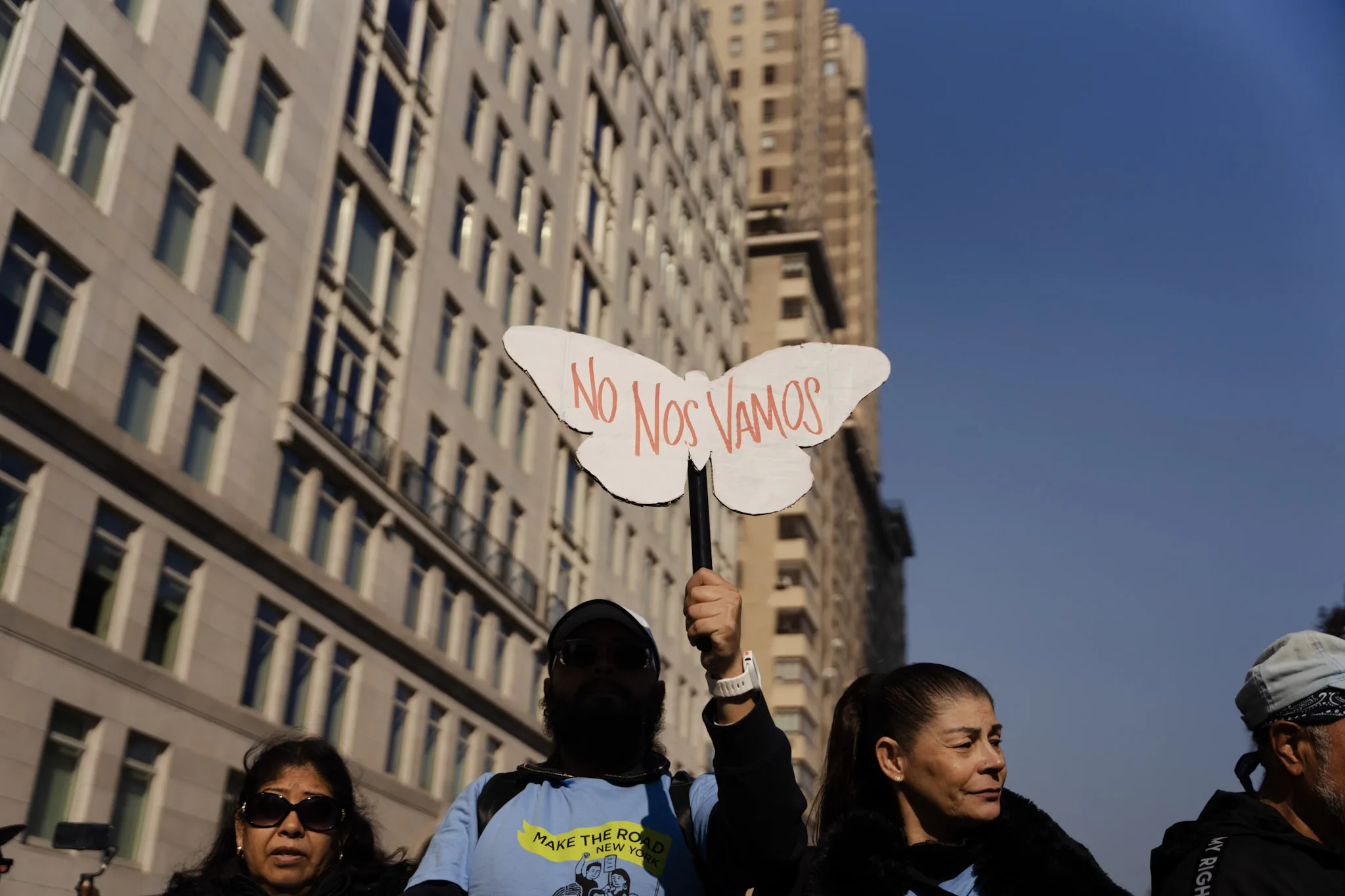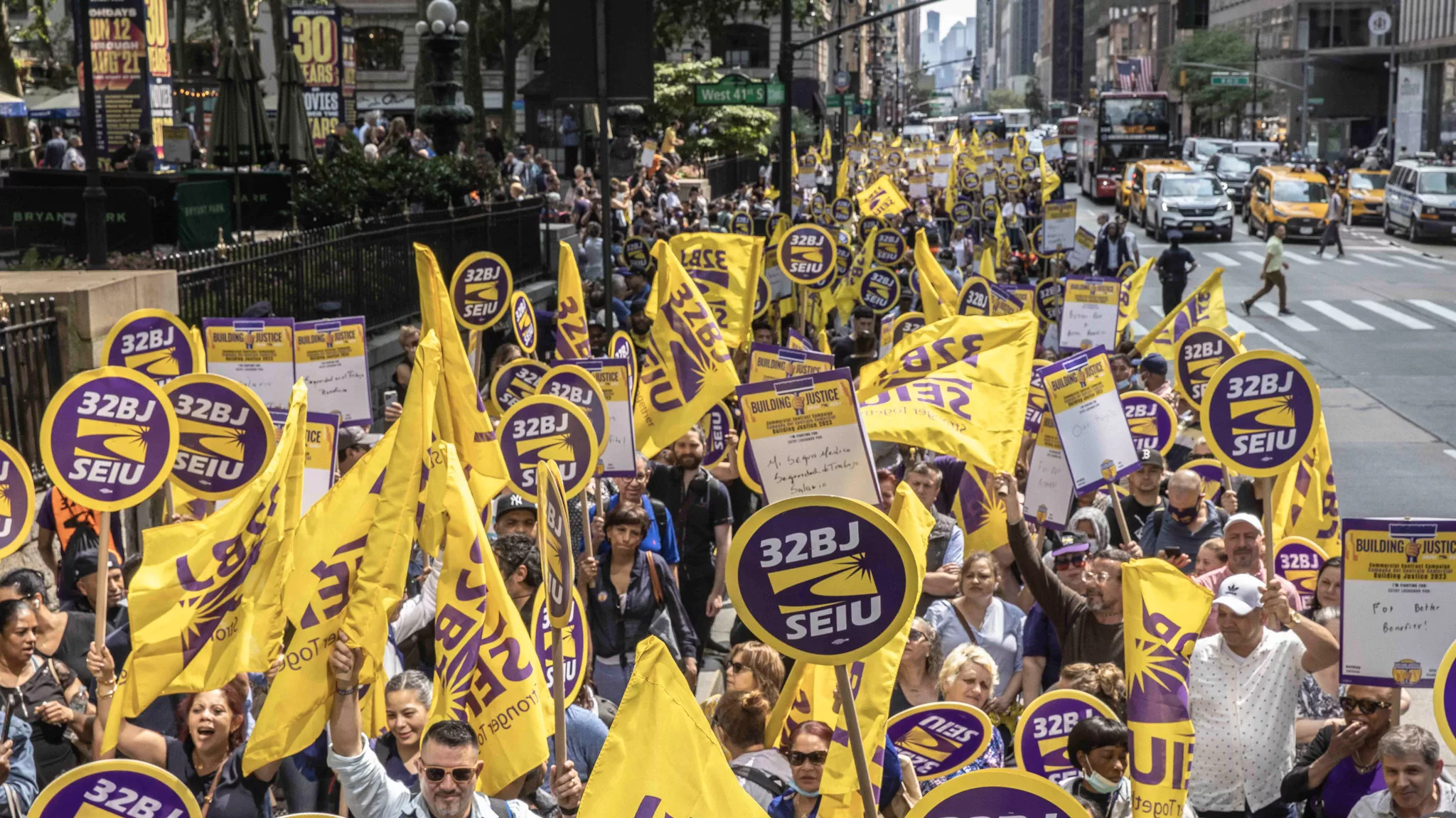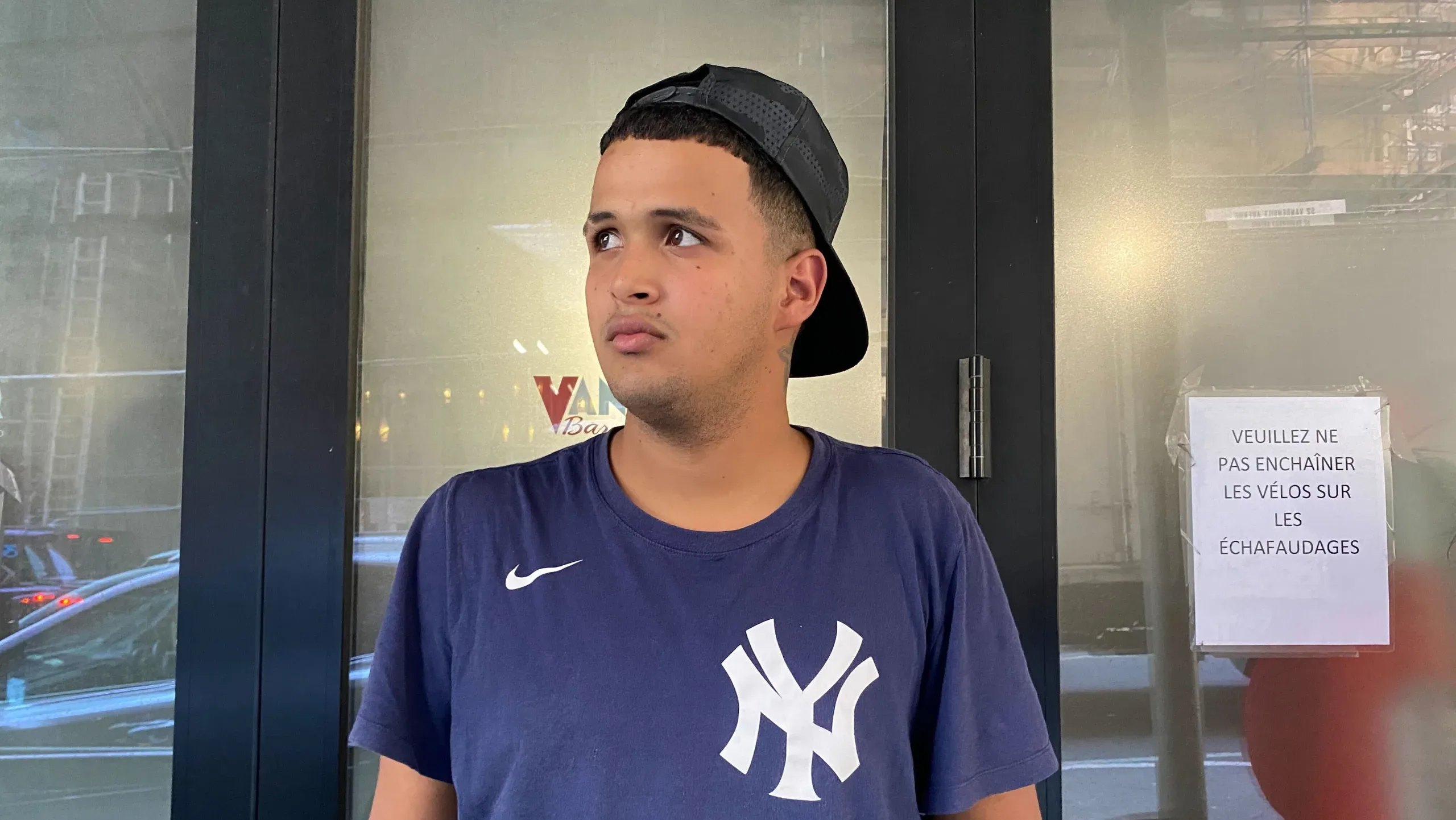Workers may have new allies in the fight for better jobsite conditions.
The U.S. Occupational Safety and Health Administration’s (OSHA) issued a final rule on February 7, that will allow both union and non-union workers to select a representative from a workers’ center, a labor union, an attorney, or any representative they choose, to accompany OSHA during a worksite safety inspection.
“Congress considered worker participation a key element of workplace safety and health inspections when it passed the Occupational Safety and Health Act,” Assistant Secretary for Occupational Safety and Health Doug Parker said in a statement. “This proposal aims to make inspections more effective and ultimately make workplaces safer by increasing opportunities for employees to be represented in the inspection process.”
In 2022, the Bureau of Labor Statistics (BLS) documented 5,486 fatal work injuries across the country, the highest recorded in the past 10 years. That amounts to a worker dying every 96 minutes. In New York City, the BLS documented 83 worksite deaths in 2022, up from 70 in 2021, with the majority of the deaths occurring on private construction sites.
Undocumented workers, in particular, could benefit from the new rules. Many undocumented workers are hesitant to report workplace violations for fear of retaliation by their employers. By choosing a third party to represent them during OSHA inspections, immigrant workers could shield themselves from direct retaliation.
Organizations like the National Council for Occupational Safety and Health (National COSH) and the National Immigration Law Center, believe OSHA’s final “walkaround rule” will give workers the ability to ensure that their workplaces are safe from preventable hazards, thus reducing the risks of occupational illnesses, injuries, and deaths. By allowing workers to choose a representative, the new rule will empower workers by giving them a collective voice.
“With a trusted worker representative onsite, safety inspections can more effectively capture the first-hand knowledge workers have about work processes and potential hazards,” said Jessica E. Martinez, co-executive director of National COSH. “A representative selected by workers can also bridge language barriers and reduce the fear of retaliation, which is often a major barrier in gathering accurate information about workplace conditions.”
Apart from fatalities, workplace-related illnesses and injuries are also up. According to the BLS, in 2022, there were 2.8 million injury and illness cases in private industry, up by 7.5 percent in 2021. Reported injuries jumped by 4.5 percent to 2.3 million, while illness cases spiked by 26.1 percent.
However, when it comes to unionized workplaces, employees are generally safer. A 2019 study by the Building Trades Employers’ Association (BTEA), the City’s largest contractor association, found that 85 percent of all construction fatalities in 2018 occurred at non-union construction sites.
陈学理胜选凸显华人社区“右转”
Another study found that union worksites are 19 percent less likely to have OSHA violations and had 34 percent fewer violations per OSHA inspection than non-union worksites.
Although the law won’t automatically give workers a union, it could open the door to future unionization efforts as well as safer work environments.
“Creating a path for workers to participate fully in safety inspections – with proper assistance and without fear of retaliation – is one valuable way to make our jobs safer and save workers’ lives,” said Martinez.
Now that OSHA has approved the final rule, the rule has to be reviewed by the Office of Information and Regulatory Affairs (OIRA), a division of the U.S. Office of Management and Budget (OMB) before it can be fully implemented.


